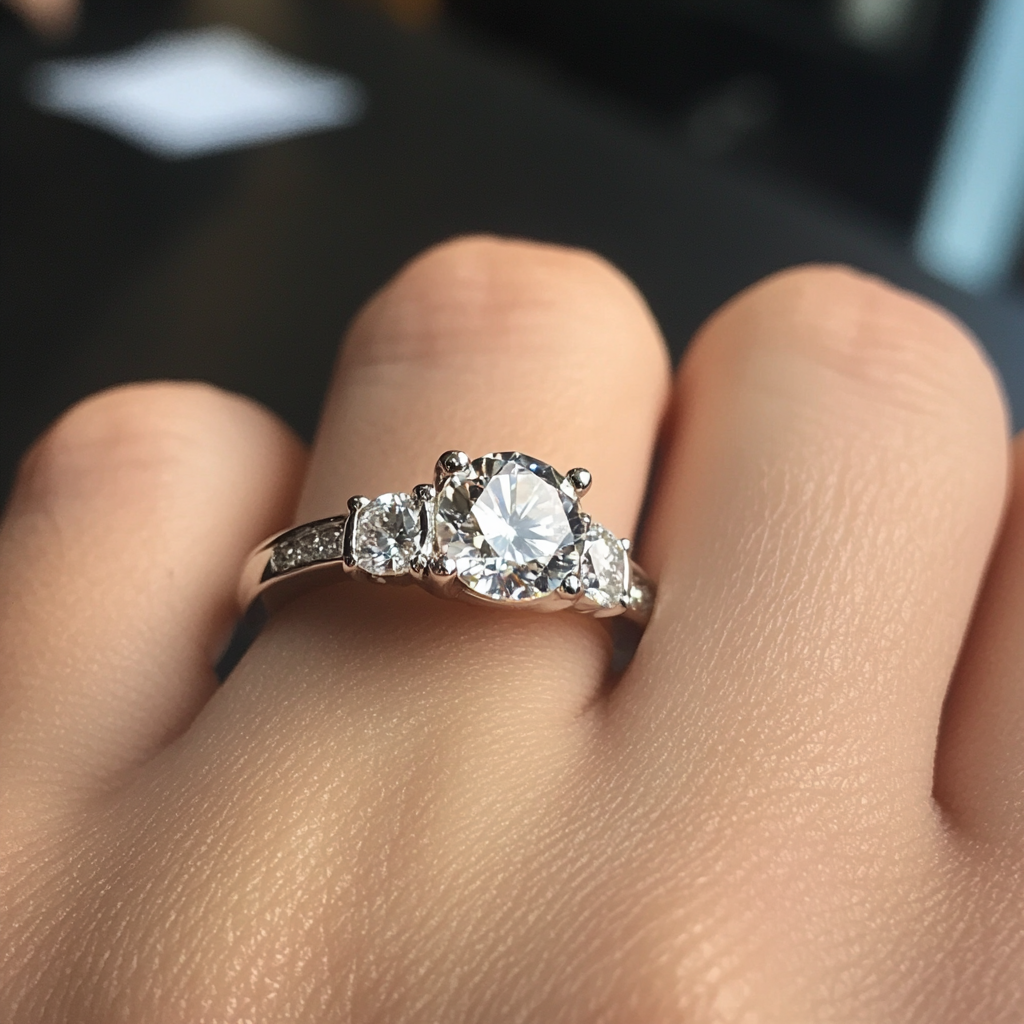- Joined
- Aug 15, 2000
- Messages
- 18,871
Some extracts from "Cupids" amazing DT story
<<<<THE BRILLIANCESCOPE PARENTAL ADVISORY: Moms and dads, DON’T allow your kids to split hairs with the Brilliancescope: Promote it - because it provides statistics consumers can instantly appreciate. Cherish it - because it unerringly separates medium performing stones from high performing stones. But DO NOT treat it as ABSOLUTE, as the results are marginally inconsistent and are certainly FALLIBLE when comparing closely matched stones. Human eyes must perform the tiebreaker. + Example: The following resulted in 3 tries on one of the superideals: (1) BScope A: VH1 VH2 VH1 (2) BScope B: VH2 VH1 H3 (3) BScope B again: VH1 VH2+ H3. Also, the low score (scintillation) was the low score in all 3 BScope runs. But the subject diamond had incredible scintillation. It wound up as one of three finalists based on human observation of that particular quality. Jonathan believes scintillation is the most challenging element for the Brilliancescope to measure. He speculates that sometimes when it goes from position to position it records large “floods” of light but may be missing small “tinkles” that the human eye sees prominently. I agree with this assessment, especially considering all three finalist diamonds received their comparative lowest marks on the Brilliancescope in scintillation. Even at that, I’m a gung-ho advocate of the Brilliancescope. GemEx has much to be proud of. It’s the only device of its kind which parleys ciphers into language everyone can comprehend. The feedback it provides on the grand scale is unambiguously convincing. I applaud them for continuing to scrutinize and improve the product. In 10 years it may be as standard as the Sarin analysis. "Thanks Cupid
GH
<<<<THE BRILLIANCESCOPE PARENTAL ADVISORY: Moms and dads, DON’T allow your kids to split hairs with the Brilliancescope: Promote it - because it provides statistics consumers can instantly appreciate. Cherish it - because it unerringly separates medium performing stones from high performing stones. But DO NOT treat it as ABSOLUTE, as the results are marginally inconsistent and are certainly FALLIBLE when comparing closely matched stones. Human eyes must perform the tiebreaker. + Example: The following resulted in 3 tries on one of the superideals: (1) BScope A: VH1 VH2 VH1 (2) BScope B: VH2 VH1 H3 (3) BScope B again: VH1 VH2+ H3. Also, the low score (scintillation) was the low score in all 3 BScope runs. But the subject diamond had incredible scintillation. It wound up as one of three finalists based on human observation of that particular quality. Jonathan believes scintillation is the most challenging element for the Brilliancescope to measure. He speculates that sometimes when it goes from position to position it records large “floods” of light but may be missing small “tinkles” that the human eye sees prominently. I agree with this assessment, especially considering all three finalist diamonds received their comparative lowest marks on the Brilliancescope in scintillation. Even at that, I’m a gung-ho advocate of the Brilliancescope. GemEx has much to be proud of. It’s the only device of its kind which parleys ciphers into language everyone can comprehend. The feedback it provides on the grand scale is unambiguously convincing. I applaud them for continuing to scrutinize and improve the product. In 10 years it may be as standard as the Sarin analysis. "Thanks Cupid
GH






300x240.png)